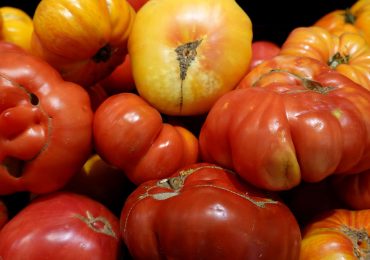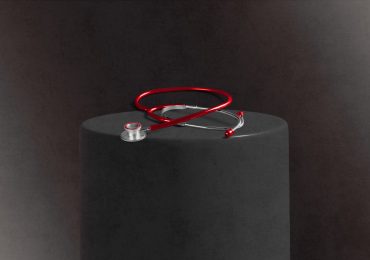The intricate relationship between companion and wild animals often goes unnoticed in animal welfare discussions. However, as Jennifer Toussaint, Chief of Animal Control and Senior Director of Community Resources at the Animal Welfare League of Arlington (AWLA) in Virginia, U.S., explains, there is a deep intersectionality between the two realms. So, how can we get people to care about both?
One way is encouraging people to expand their moral circle. Moral Circle Expansion is a framework rooted in ethics and moral philosophy. It refers to how individuals and societies extend their moral consideration and empathy beyond a narrow circle to encompass a broader range of beings.
Historically, humans have often limited their moral concerns to individuals within their immediate communities. For example, someone’s moral circle may look like they are in the middle, followed by other human beings, and then by companion animals (because they have a pet dog). However, as societies evolve and we become more interconnected, there is a growing recognition of the need to include a wider array of beings within our moral circle, such as the wild animals we share our spaces with.
In our conversation, Jennifer highlighted the ubiquitous presence of wildlife in our daily lives despite our tendency to overlook it. She also emphasized the importance of recognizing this shared environment and assuming stewardship of the welfare and wellbeing of all creatures within it.
Natalia: When we think of helping companion animals, we seldom consider wild animals. Why do you think that is?
Jennifer: We are around wildlife but don’t notice it. Think of our daily lives; we encounter squirrels crossing the roads while driving, birds chirping on our porch, etc. Some are native to our areas, born and raised on our land. So, there’s an intersectionality between wildlife and companion animal work. It’s our responsibility to be stewards of their welfare and wellbeing because we share space and resources.
Natalia: What steps can we take as community members to start acknowledging the intrinsic presence of wild species in our spaces?
Jennifer: There are many misconceptions about wildlife. We don’t learn the lifecycles of animals or know enough about rabies vector species like raccoons or foxes.1 We must start providing foundational knowledge so community members can make educated decisions regarding wildlife management. For example, snakes are important biologically and ecologically; they help maintain biodiversity by being both a predator and a prey, helping balance ecosystems, so don’t get a shovel when you see a snake in the yard! We need to uplift the needs of every animal in our community. All animals deserve to be treated fairly and kindly.
Natalia: Bringing it back to companion animals and the work we do for them, can you tell us how a companion animal-focused organization, for example, a humane society, can implement changes to improve the lives and wellbeing of wild animals?
Jennifer: Anything you do is progress for your community. At the Summit for Animals conference, I will share more actionable steps, but in the meantime, here are a couple of things you can start doing today:
Build meaningful relationships with wildlife centers and rehabilitators. Do you have a list of these centers in your area? Call them up and introduce yourself and your organization.
Support their needs by passing on donated items such as:
Clean towels
In-kind donations
Opened bags of dog and cat food. Some species, like raccoons and foxes, will happily eat them!
[Similar to other areas,] companion animal shelters garner more donations in Virginia than wildlife centers do. Help them out if you can by, for example, adding their needed items to your shelter’s Amazon wish list.
Seamlessly integrate wildlife on social media. AWLA’s social media posts on wildlife get more traction than cute puppies and kittens! Post about squirrel baby season coming up or what to do if they find a wild animal washed adrift after a heavy rain storm. Explain the life stages of a bird so people know what to do if they find a hatchling that has fallen off its nest.
Natalia: Thank you, Jennifer. This has been incredibly insightful, and I’m sure you’ll share more valuable information and takeaways at the Summit for Animals.
As Jennifer prepares to share more actionable insights at the upcoming Humane Canada’s Summit for Animals, it is evident that advocating for the welfare of wild animals is not only a moral imperative but also a tangible avenue for effecting systemic change. By recognizing the interconnectedness of companion animals and wildlife, we can forge a more inclusive and compassionate approach to animal welfare that benefits all creatures, great and small.
To learn more, please visit Humane Canada’s Summit for Animals’ website.
Subscribe To Our Newsletter
It’s worth noting that rabies does not circulate in all populations of rabies vector species. For example, Public Health England (2018) reports that rabies is not present among wild and domesticated animals in the U.K.
The post Compassionate Connections: Bridging Companion and Wild Animal Welfare appeared first on the Animal Charity Evaluators blog.
Leave a comment




